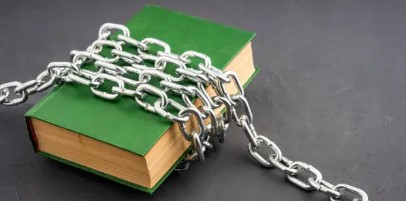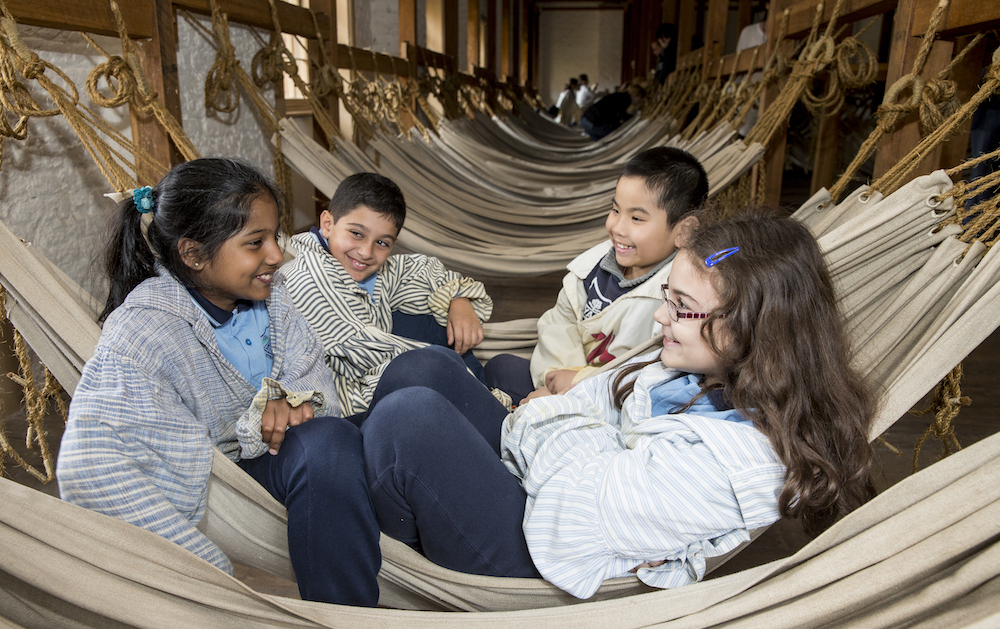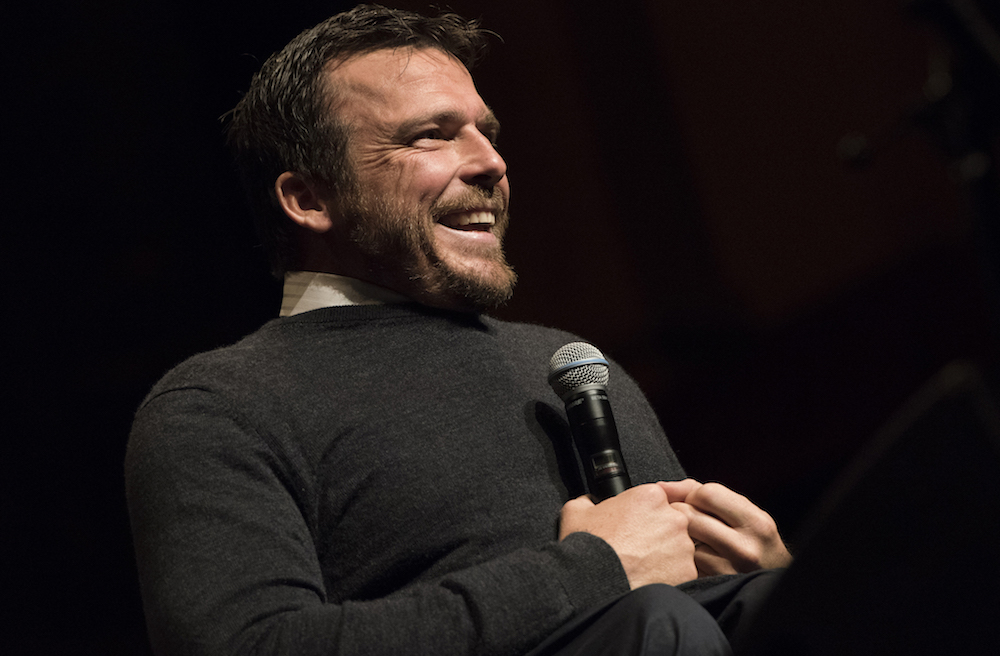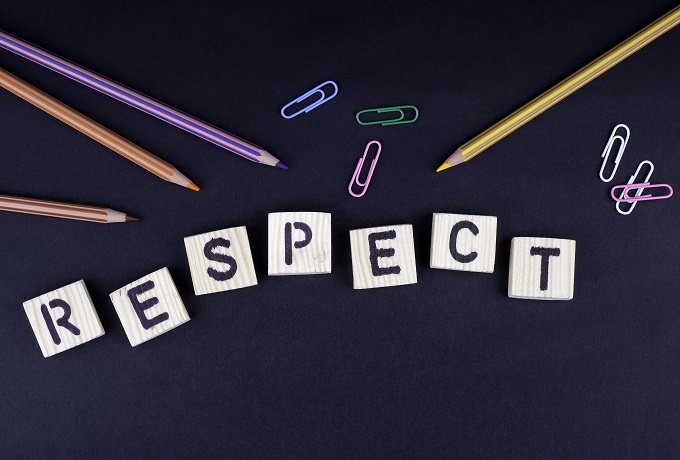Why do we ban books in a free society?
Home of the brave, land of the free… except when it comes to books for kids.

PEN America, a New York human rights and literary society, releases a list of the most banned books each school year.
In 2023-2024, the top three books were Nineteen Minutes by Jodi Picoult (98 bans), Looking for Alaska by John Gren (97 bans) and The Perks of Being a Wallflower by Stephen Chbosky (85 bans). Other titles that made the Top 10 last year included Thirteen Reasons Why by Jay Asher, The Kite Runner by Khaled Hosseini and Water for Elephants by Sara Gruen.
Read the latest print edition of School News HERE
According to PEN America, there were over 10,000 book bans during their last school year, with more than 4000 titles affected. More than 80 percent of the bans came from two states: Florida and Iowa.
The reasons given for the bans vary, but the most common are sexually explicit content, being ‘unsuitable’ for any age group and offensive language. More specific reasons include the presence of violence, witchcraft or blasphemy.
The paradox of freedom
It’s ironic that so much censorship takes place in the country often referred to as Land of the Free. The Paradox of Freedom highlights a contradiction: when there is unrestricted freedom that allows people or groups to act without limits, this in turn, can restrict the freedom of others. In the case of book bans, giving people the freedom to ban and censor books they consider dangerous can impact the freedom of others to access and read those books.
But do books like those mentioned above actually harm students? It might be true that some books with graphic descriptions of rape, violence or mental health struggles could be triggering for some students, but it is also true many others would be able to read them without being affected. What is shocking to one person may be enlightening to another.
One argument for book banning is that reading these books and being exposed to the ideas or depictions can normalise or even glamorise these harmful behaviours. Yet the counter-argument is that shielding children from challenging ideas can leave them unprepared and ignorant, and banning certain books with particular worldviews leaves students with a narrow and insular perspective
The evolution of banned books
In the early 20th century, books were banned based on moral concerns and what was considered at the time as obscenity: overt sexuality, immoral behaviours such as adultery and profanity or lewdness. Both The Great Gatsby by F. Scott Fitzgerald and Ulysses by James Joyce were banned in their day.
During the Cold War in the mid-1900s, books considered politically or ideologically subversive found themselves being the target of bans and censorship. Anything by Karl Marx and many Russian writers along with A Brave New World by Aldous Huxley and 1984 by George Orwell were banned in various states.
By the end of the century, bans tended to focus more on ideas of racially charged violence and language, and debates erupted over whether exposing students to these books might perpetuate or promote harmful stereotypes. To Kill A Mockingbird by Harper Lee published in 1960, remains one of today’s most banned (and beloved) books.
Perhaps the most ironic banned book is Alan Gratz’s 2017 Ban This Book, which was removed from a school district in Florida. The middle-grade novel is about a girl who learns her school library has banned her favourite book, so she pushes back by starting a secret banned book library from her locker.

How does Australia compare?
Unlike the US, where book bans seem to operate on an individual district or school level, Australia’s more centralised education system means that decisions about curriculum and library materials happen at a state or territory level. Australia generally also has a less conservative and less litigious culture, meaning schools are less likely to make outright bans on books.
But that wasn’t always the case.
In 2010, a literary historian from the University of New South discovered hundreds of boxes of books hidden in the basement of the Australian National Archives. The boxes contained some of the thousands of titles banned in Australia before the 1970s, which was considered at the time as one of the ‘strictest censors in the English-speaking world.’ Books were banned for mentioning interracial sex, gay relationships, or drug culture. The election of Gough Whitlam in 1972 heralded the ‘dismantling of the censorship regime.’
Related article: Have you given your students these banned books?
Do bans actually work?
Whether book bans work – especially in today’s highly digital world – is a contentious issue. While physical books can be restricted or removed from a school or public library, preventing the sale or sharing of e-books is more complicated.
Bans can have short-term success if the goal is to protect younger children from supposedly harmful ideas. However, removing a book about racism, sexism or violence from a school library does not take into account that the same children can witness it at home or in the community.
The irony remains that controversy about a book resulting from the demand to ban it can increase its popularity. Older readers in high school often reject the idea that they cannot or should not read a particular title.
While book bans can work to temporarily reduce access to a particular book in a specific space, over time, bans often fail to suppress the supposedly damaging ideas. They can actually have the opposite effect and expose (and promote) the book and its ideas to an even wider audience.







